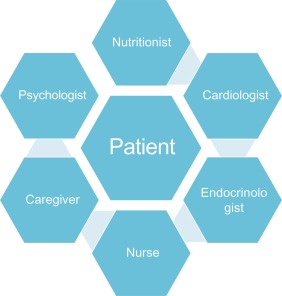Elsevier,
International Encyclopedia of Human Geography (Second Edition), 2020, Pages 373-379
This chapter supports SDG 16 by providing an overview of borderlands, spaces where migration and secuturization efforts often meet and collide and formal and informal precarious camps often emerge where migrants and refugees are detained.
Elsevier,
International Encyclopedia of Human Geography (Second Edition), 2020, Pages 221-228
This chapter supports SDGs 3, 11, and 16 by exploring human geography approaches to issues faced by refugees and asylum seekers and analyzes processes shaping forced international migration and settlement.
Elsevier,
International Encyclopedia of Human Geography (Second Edition), 2020, Pages 121-128
This chapter supports SDGs 3, 11, and 16 by exploring the process of humanitarian mapping, the production of spatial data and cartographic products to improve situational awareness and decision-making around humanitarian issues from acute events such as natural disasters and public health emergencies to longer term events such as refugee crises and political unrest.
Elsevier,
Developments in Soil Science, Volume 36, 2019.
This book chapter advances SDGs 15 and 13 by discussing the impact of deforestation, rising temperatures, drought, fire and other ecological disturbances and the reduction of forest cover on much of the earth, compromising the ability of forests to supply important ecosystem services.
Elsevier,
Fundamentals of Telemedicine and Telehealth, 2020, Pages 115-126
Discusses the universe of chronic disease and telehealth, from the patients’ perspective. The goal of SDG target 3.4.1 is to reduce the mortality rate attributed to cardiovascular disease, cancer, diabetes or chronic respiratory disease.

